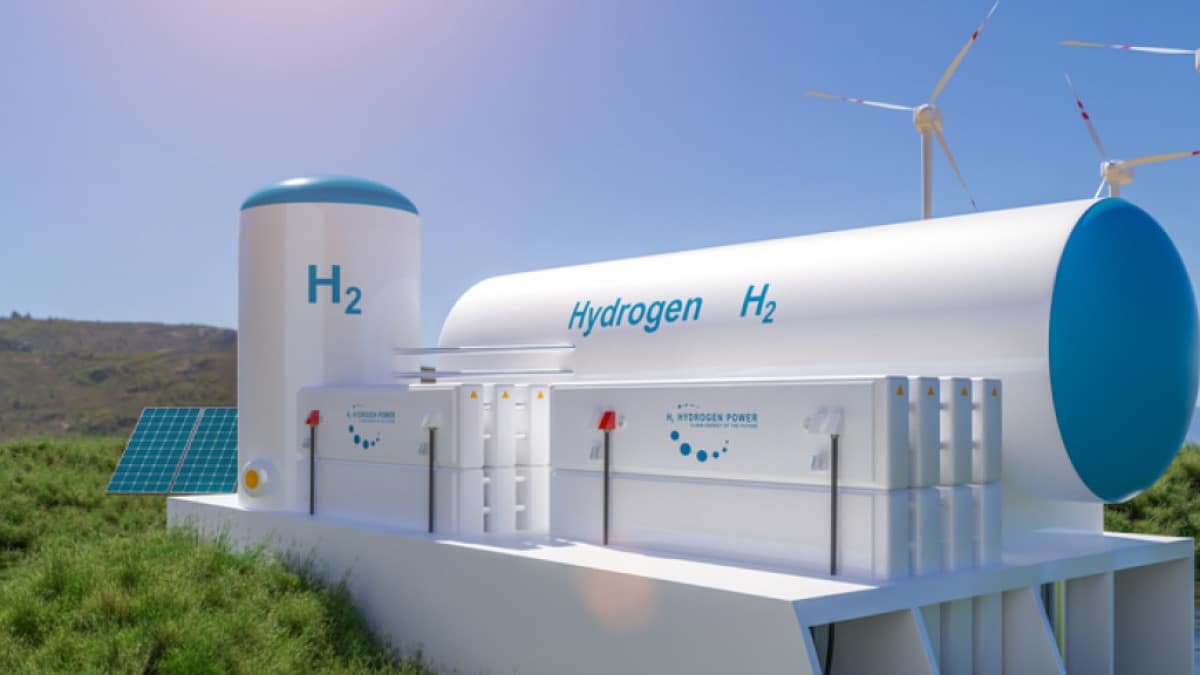Empowering India's Green Future: World Bank's $1.5B Investment Plan
Key Ideas
- The World Bank approved $1.5B to enhance India's low-carbon energy sector, emphasizing green hydrogen production and renewable energy expansion.
- The investment aims to boost green hydrogen production to 450,000 MT and 1,500 MW of electrolyzers annually by 2025-2026, reducing emissions by 50MTS per year.
- India's energy strategy includes advancing a national carbon credit market, incentivizing battery energy storage, and promoting renewable energy integration for a sustainable future.
- The initiative supports India's journey to achieve its Nationally Determined Contributions targets, fostering private investment in green hydrogen and renewable energy projects.
The World Bank has approved a significant $1.5B investment to bolster India's low-carbon energy sector, aiming to ignite the green hydrogen market and accelerate renewable energy growth. This initiative, known as the Low-Carbon Energy Programmatic Development Policy Operation, marks the second phase of support for India's sustainable energy transition. The investment plan focuses on ramping up green hydrogen production, boosting renewable energy capacity, and driving climate finance to facilitate low-carbon projects.
The operation seeks to produce approximately 450,000 MT of green hydrogen and 1,500 MW of electrolyzers annually starting from the financial year 2025-2026. It aims to cover the costs of cutting-edge technology necessary for green hydrogen production while incentivizing battery energy storage solutions to enhance renewable energy capacity. Moreover, the initiative intends to advance the development of a national carbon credit market, fostering a conducive environment for low-carbon investments.
India's commitment to achieving its net-zero target is further strengthened by the World Bank's support in private sector investment for green hydrogen and renewable energy projects. The first phase of the Low-Carbon Energy Programmatic Development Policy Operation paved the way for key achievements, such as transmission charge waivers for renewable energy in green hydrogen projects and the establishment of a strategy to launch 50 GW of renewable energy tenders annually.
The investment plan not only aligns with India's Nationally Determined Contributions targets but also contributes to the country's rapid economic growth and energy demand. With a focus on scaling up clean energy investments and establishing a robust domestic market for green hydrogen, India aims to lead in advanced energy solutions. Overall, the World Bank funding can propel India's ambition to surpass 500 GW of renewable energy capacity by 2030, positioning the country at the forefront of sustainable energy transition.
Topics
Green Hydrogen
Renewable Energy
Energy Transition
Private Sector
Investment Plan
National Green Hydrogen Mission
Climate Finance
Carbon Credit Market
Low-carbon Development
Latest News
